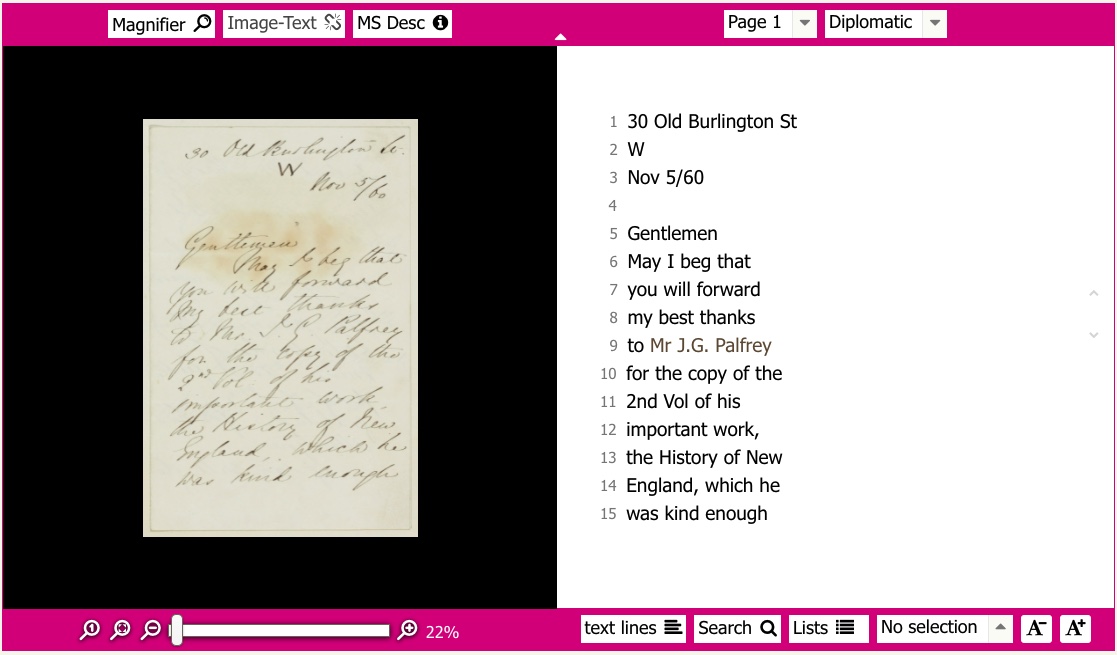Description
George Henry Lewes was an English philosopher, writer and literary critic. However he is most well known for being the partner of Mary Ann Evans, better known as the novelist George Eliot. The couple lived together for almost 25 years but were unable to marry due to the fact that Lewes was unable to get a divorce from his wife. Lewes was a renowned theatre critic and also published many scientific articles and books. He had a life long interest in psychology, with probably his most important contribution being his writings on social and historical conditions on mental development.
George Henry Lewes was an English philosopher, writer and literary critic. However he is most well known for being the partner of Mary Ann Evans, better known as the novelist George Eliot. The couple lived together for almost 25 years but were unable to marry due to the fact that Lewes was unable to get a divorce from his wife. Lewes was a renowned theatre critic and also published many scientific articles and books. He had a life long interest in psychology, with probably his most important contribution being his writings on social and historical conditions on mental development.
Alternative formats
• Plain text
(opens in new window)
• Plain text
(opens in new window)
| Title: | Letter from George Henry Lewes |
|---|---|
| Description: | In a second letter to Sampson Low, George Lewes informs him that he will call on him the next day. The letter is addressed 'Holly Lodge' where he lived with George Eliot and where she wrote 'The Mill on the Floss'. Today there is an English Heritage blue plaque on the house in Wimbledon. |
| Address: | Holly Lodge |
| Physical description: | Sampson Low Letters, Volume 1, 1 page |
| Type of letter: | Arranging or declining a meeting |
| Rights statement: | Rights owned or controlled by The Open University |
| Restrictions on use: | No further use without permission. Contact university-archive@open.ac.uk |
| Image rights: | © National Portrait Gallery. London cc-by-nc-nd Elliott & Fry albumen carte-de-visite 1870s |
| Identifier: | SL_114 |
